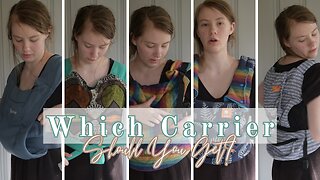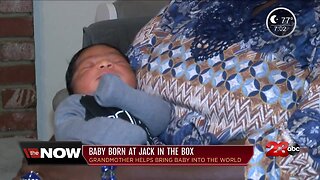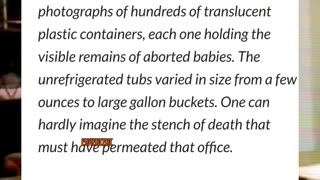Peculiar Dangling Baby Cages in the Early 20th Century
1. Origins and Purpose:
The concept of dangling baby cages emerged in the 1920s, but its roots trace back to Dr. Luther Emmett Holt's 1884 book, The Care and Feeding of Children. Dr. Holt advocated for babies to be "aired" regularly. The belief was that fresh air was essential for health and growth, improving appetite and digestion. To achieve this, inventive parents began attaching infant-sized cages to their apartment windows. These wire contraptions allowed babies to experience outdoor air even in densely populated urban areas where outdoor space was scarce.
2. Eleanor Roosevelt's Baby Cage:
Among those who embraced this unconventional practice was Eleanor Roosevelt, who candidly admitted her lack of expertise in handling babies. After the birth of her daughter Anna, Eleanor acquired a chicken-wire cage specifically designed for infants. She hung it outside her New York City apartment window, placing Anna inside for naps. However, a concerned neighbor threatened to report her to authorities, highlighting the controversial nature of this trend.
3. Popularity and Decline:
The first commercial patent for a baby cage was filed in 1922 by Emma Read of Spokane, Washington. These cages gained popularity in London during the 1930s, especially among apartment dwellers without access to backyards. While some believed the cages provided fresh air and toughened babies against minor illnesses, safety concerns eventually led to their decline. By the second half of the 20th century, growing awareness of child safety prompted a shift away from this peculiar practice. Nonetheless, the baby cage remains a curious relic of an era when unconventional parenting solutions captured imaginations and raised eyebrows.
SOURCE
NeEd InPuT
-
 23:37
23:37
The Hila Home
1 month agoVlog | Breaking Down the Different Soft Structured Baby Carriers
6 -
 34:25
34:25
HistoryandHearsay
21 days ago $0.04 earnedButter Box Babies - The Stolen Babies Of Nova Scotia BABY FARMERS
465 -
 4:03
4:03
ISF Template
1 month agoImporting Baby Nursery Storage
2 -
 1:27
1:27
STonyPacheco
1 month agoShipping Containers Found Filled With Babies?
831 -
 2:28
2:28
KERO
4 years agoLocal mom gives birth to baby at Jack in the Box
5 -
 1:18
1:18
Swampmatt
1 month agoInfant Cats
22 -
 9:12
9:12
UKColumnExtracts
13 days agoWe Need To Care About Social Care: Using Handcuffs To Transport Children? - UK Column News
120 -
 4:41
4:41
GodsPrincess1995
29 days agoBabies found in bins
8 -
 0:14
0:14
Chakanation Podcast
8 months agoWomen dog collar chained by the father of her child
-
 2:21
2:21
rumblestaff
4 years agoBear Cub Rescued From Dumpster By Police
27.7K1